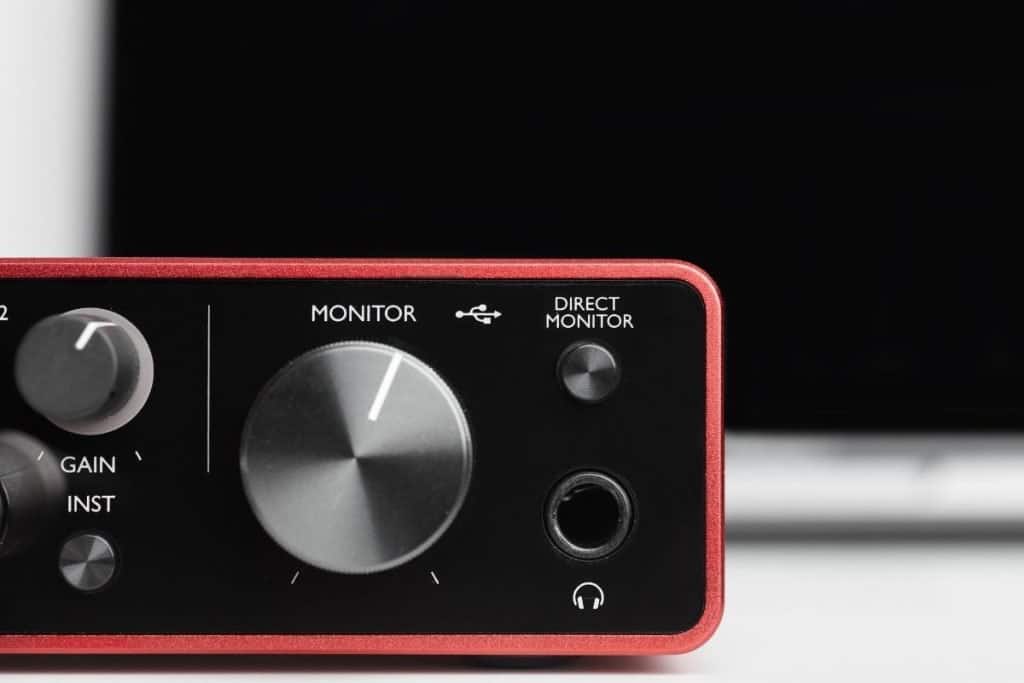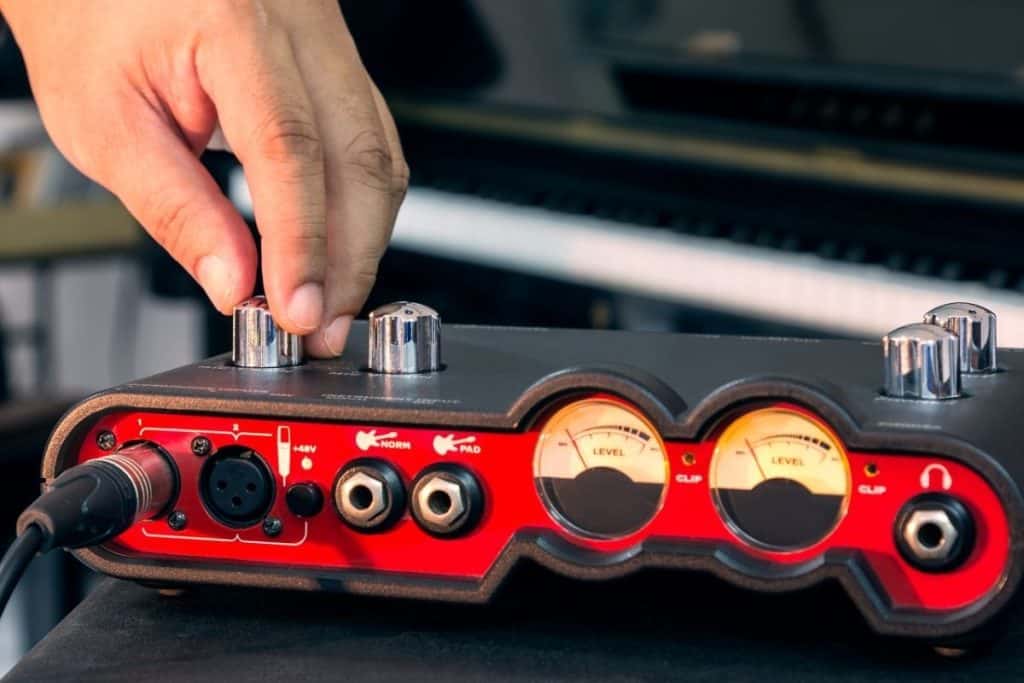Technology can be a massive help when you are starting to get to grips with your new electric guitar. They are built to be plugged in and powered with electricity and not just your fingers, after all!

However, many singer-guitarists, when they are starting out playing and vocal performing with electric guitars, or even those experienced players that have decided to leap electric, may be somewhat hesitant to get more than they think they’ll need.
Maybe they’re still not sure how much time and resources they are prepared to sink into this new pastime, especially if they are a newbie when it comes to instruments.
Or, if they are an experienced acoustic player, they feel that they don’t need all that fancy equipment to make magic with their fingers and instrument.
And, while that might not be wrong necessarily, it certainly pays to have at least a little extra tech equipment with you.
It can help you learn the ropes a little quicker if you are new, and help make sure that what you are hearing is what your audience will be hearing too. It can even help inspire a little more creativity whilst you are out there playing with those notes.
This is why, not long after starting, many people who are serious about playing and performing with electric guitars will be looking at both types of software and hardware that can help them bring their A-game to any musical situation.
In this article, we are going to cover one o these vital pieces of equipment that most electric guitar players will be familiar with: A sound interface.
We’re going to explain what exactly one of these is, as well as how they are some of the most vital pieces of equipment you can have as a musician who performs in front of a live audience.
What Is An Audio Interface?
An audio interface tool is an essential piece of kit that pretty much any performer should have as part of their recording equipment toolbox, whether they are going on stage, or if they are recording for uploading online or saving to their computer.
An audio interface converts the audio signals that your microphone picks and accurately converts them into a signal or data that your computer or other recording software can more easel process.
Audio interfaces are also popular for routing audio signals from your device that has a recording, such as a computer, a laptop, a tablet, or a phone, and playing it back to you through headphones.
The most audio interface will use some kind of USB cable to connect with your other equipment or hardware, but there are other options too depending on the make or model you are using.
There are also many different audio interface devices for virtually every price range you can operate at.
You can have an option that is under a hundred dollars that have a single microphone and headphone socket, or some models are a couple of thousand grand that is used for professional-level needs, such as for studio recording or on performance stages.
Why Is An Audio Interface So Important For Recording?

Many newcomers might wonder, ‘why do I need to spend an extra hundred bucks on something I’m not even sure I’ll use when I’ve already got a mic, a guitar, and a computer?’
And this is certainly a valid question to ask.
After all, most devices that we use for recording in our day-to-day lives do have recording software and sound cards that can be used for recording, especially in devices such as smartphones, stuff that can easily cover you if you aren’t going for serious high-quality recording just yet.
However, if you are serious about recording your microphone sounds as crisp and as cleanly as possible, then you will find that many of these devices simply don’t have powerful enough sounds cards to pick up all the signals and channels that need recording, and you may found that the variety of sounds is compressed and flattened when recorded straight into your phone or laptop.
This is where an audio interface comes in handy. The sound card technology that you will find in most audio interface setups is miles better than you will find in even decent computers and smartphones.
There’ll be no latency like you might get in a smartphone or laptop, and it will be able to convert pretty much any level of sound you through at it.
And that’s not even mentioning that audio interfaces have tons of options when it comes to connectivity, as opposed to just a USB option you’ll find in most computers.
Why Not Just Use A USB Mic Instead?
There may be some people out there who understand how useful an audio interface can be, but feel that, because they use a USB-connected microphone, they can cut out the middle piece of equipment when it comes to getting an audio interface machine for themselves.
This might certainly be the case if you only need a single microphone and headphones for your recording purposes.
However, if you need more than a single port or use speakers, there are a plethora of features that an audio interface has over a single USB microphone for record monitoring.
For one, they allow for much more connective options as we mentioned earlier, being able to connect XLR microphones through them and to a computer, giving it plenty of versatility.
Your voice and other recordings will also generally sound better through an audio interface, as the full range of the sounds that you make can be better heard.
Make sure to think carefully before just buying a USB mic. You may find a better alternative in an audio interface.
Final Thoughts
In short, the audio interface is a vital piece of gear that will truly complete your recording setup. So if you have the cash, make sure to keep an eye out for one.
References
Recent Posts
QuickTime is a vital app for many Mac users, and if you’ve recently bought a new microphone, you might wonder how to use it optimally. QuickTime cannot record audio content if it doesn’t have...
Every microphone leaves a unique signature on the quality of its output. If you’re a podcaster trying to melt your way into your audience’s hearts, a muddy, distorted recording won’t cut it....
